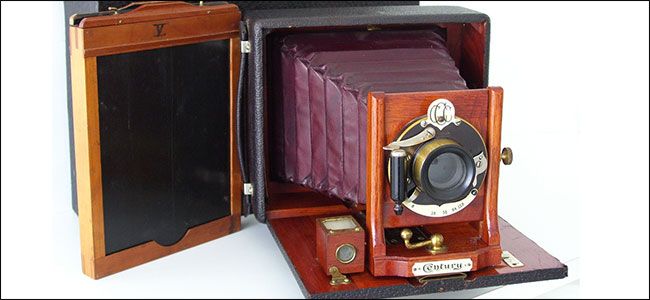If you’ve turned the shutter speed dial on your camera past 30 seconds, you might have noticed the strangely named “Bulb” mode. This is a throwback from the first film cameras, but it’s still useful today.
In the early days of photography, it took a long time to take a photo. Even a well lit portrait could need a few seconds; the chemicals they used just weren’t as light sensitive as a modern digital sensor. Photographers had to control the exposure time themselves if they wanted to make sure they got a good image.
One of the ways they did this was with a small bulb and a pneumatic shutter. When they squeezed the bulb, it pushed air into the pneumatic system that opened the camera’s shutter. As long as they held the bulb down, the shutter would stay open. As soon as they let go, the shutter would close and the photo was taken.
Now it’s a lot easier to take photos, but Bulb is still around. That’s because in certain circumstances, it’s still really useful.
For example, the simplest use of Bulb mode is if you want to take an exposure longer than your camera’s maximum (which is normally 30 seconds). Set up your shot, put your camera in Bulb mode. When you’re ready, just hold down the shutter button for as long as you want the exposure to be. Even better, use a cable release or remote shutter so you don’t have to touch your camera and potentially shake it. This is great if you want to take photos of things like fireworks, or just a really long exposure image.
Another more modern use of Bulb mode is with external camera controls. Things like the CamRanger let you control your camera from your smartphone. In some situations with these accessories, you’ll put your camera into Bulb mode and just let them take total control over the exposure time.
A lot of photographic terms and techniques are rooted in its earliest days. Bulb mode is just one of them. It’s still around because it’s still useful.
Image Credit: Stephen via Flickr.

